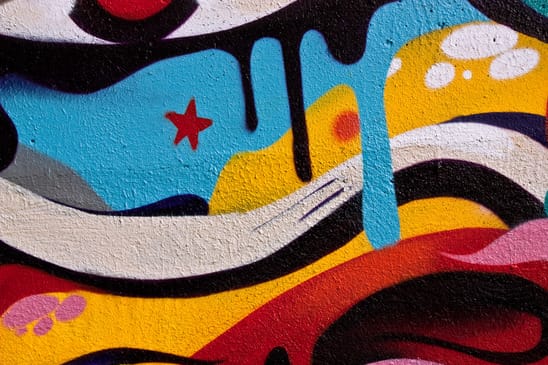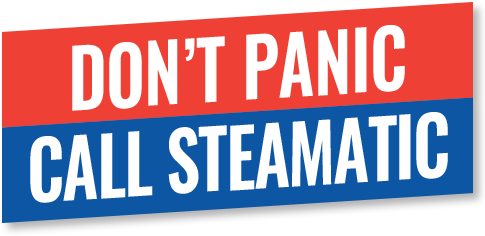
The Art of Graffiti…Removal
We have all seen it, on the sides of buildings or underneath bridges. It is meticulously detailed and can look exceedingly artistic. It lingers on fences, sometimes sidewalks, and train cars even. Yes, graffiti is an art, but there is also an art to the removal of graffiti.
This art is not led by tirelessly scrubbing the colourful piece with soap and water and hoping it budges. There are many options when it comes to cleaning this beautiful but pesky surface.
Now Graffiti removal is important for many things, such as keeping a surface clean and healthy, aiding in the overall aesthetic of a city or town, keeping the legitimacy of a business location, and sending a strong message, giving yourself a boost of confidence.
One of the better ways to handle graffiti is hire a professional cleaning service, this can ensure that your needs are met. Professionals removing graffiti is a better option than scrubbing away at the surface endlessly, these professionals know how to remove the substance and in a diligent and quick way. Graffiti paint can be extremely difficult to remove, especially on tough surfaces such as concrete or metal.
Tools and techniques
When hiring a professional service to aid in your fight against graffiti, they can identify which procedures, tools, and techniques are best for the type of graffiti paint and the surface it is on.
Graffiti can be found on several surfaces including: wood, plastic, glass, brick, metal, concrete, and masonry.
For example, a method of removal on metal is not the same as the method used on concrete.
So, what are some of these tools and techniques?
Abrasive blasting is likely the easiest and fastest way to remove these surfaces.
- Pressure washing – Refers to water shot at a surface from a highly pressurized system, this allows the water to penetrate deeply into the surface and remove substances.
- Sandblasting- A technique of using compressed air to fire sand or abrasive materials at the surface
- Soda blasting– Generally the same concept as sand blasting but uses a sodium bicarbonate
- B- Frozen carbon dioxide – Used to blast the surface at a high velocity, causing shrinkage and disruption to adhesion bonds. This is also a less damaging technique to the surface.
Depending on the surface a different course of action can be used, for example, metal can be cleaned with pressure washing while concrete or masonry responds better to soda blasting.
Aside from these techniques, once cleaned a surface can also be painted to look fresh and clean once more. This can bring a sense of peace and comfort, especially if the damage was done to a home or more personal surface. A professional team will know exactly how to handle your situation and free you from the bonds of graffiti.

